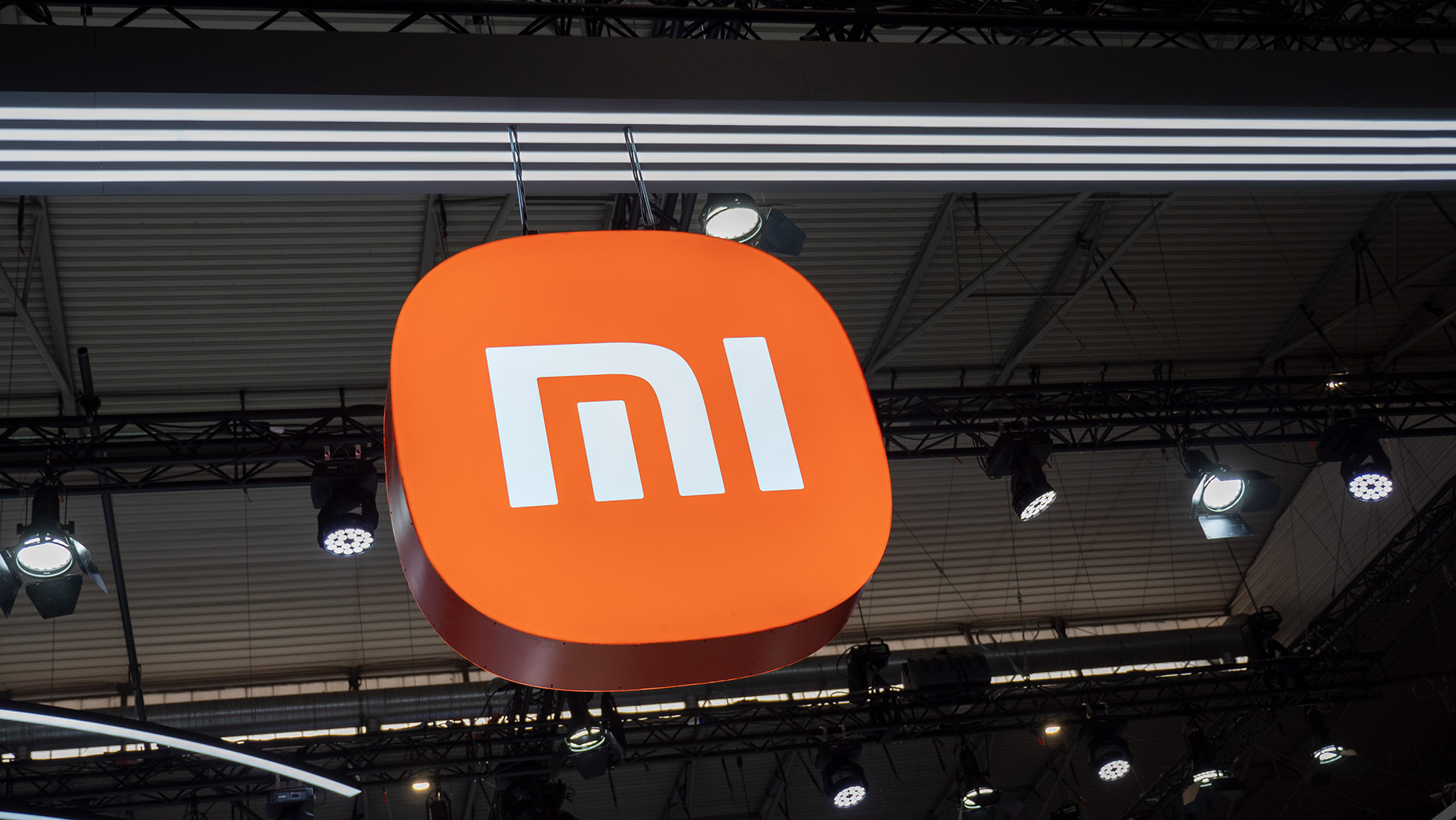Linux Swap Table Code Shows The Potential For Huge Performance Gains
A new set of 27 Linux kernel patches introduces a "Swap Tables" mechanism aimed at enhancing virtual memory management. As Phoronix's Michael Larabel reports, "the hope is for lower memory use, higher performance, dynamic swap allocation and growth, greater extensibility, and other improvements over the existing swap code within the Linux kernel." From the report: Engineer Kairui Song with Tencent posted the Swap Table patch series today for implementing the design ideas discussed in recent months by kernel developers. The results are very exciting so let's get straight to it: "With this series, swap subsystem will have a ~20-30% performance gain from basic sequential swap to heavy workloads, for both 4K and mTHP folios. The idle memory usage is already much lower, the average memory consumption is still the same or will also be even lower (with further works). And this enables many more future optimizations, with better defined swap operations." "The patches also clean-up and address various historical issues with the SWAP subsystem," notes Larabel. Context: In Linux, swap space acts as an overflow for RAM, storing inactive memory pages on disk to free up RAM for active processes. Traditional swap mechanisms are limited in flexibility and performance. The proposed "Swap Tables" aim to address these issues by allowing more efficient and dynamic management of swap space, potentially leading to better system responsiveness and resource utilization. Read more of this story at Slashdot.

Read more of this story at Slashdot.








![Epic Games: Fortnite is offline for Apple devices worldwide after app store rejection [updated]](https://helios-i.mashable.com/imagery/articles/00T6DmFkLaAeJiMZlCJ7eUs/hero-image.fill.size_1200x675.v1747407583.jpg)































































































































































![[The AI Show Episode 146]: Rise of “AI-First” Companies, AI Job Disruption, GPT-4o Update Gets Rolled Back, How Big Consulting Firms Use AI, and Meta AI App](https://www.marketingaiinstitute.com/hubfs/ep%20146%20cover.png)


















































































































































































































































.png?width=1920&height=1920&fit=bounds&quality=70&format=jpg&auto=webp#)























![[Virtual Event] Strategic Security for the Modern Enterprise](https://eu-images.contentstack.com/v3/assets/blt6d90778a997de1cd/blt55e4e7e277520090/653a745a0e92cc040a3e9d7e/Dark_Reading_Logo_VirtualEvent_4C.png?width=1280&auto=webp&quality=80&disable=upscale#)










































































-xl-(1)-xl-xl.jpg)










![How to upgrade the M4 Mac mini SSD and save hundreds [Video]](https://i0.wp.com/9to5mac.com/wp-content/uploads/sites/6/2025/05/M4-Mac-mini-SSD-Upgrade-Tutorial-2TB.jpg?resize=1200%2C628&quality=82&strip=all&ssl=1)
![‘Apple in China’ book argues that the iPhone could be killed overnight [Updated]](https://i0.wp.com/9to5mac.com/wp-content/uploads/sites/6/2025/05/Apple-in-China-review.jpg?resize=1200%2C628&quality=82&strip=all&ssl=1)




![What’s new in Android’s May 2025 Google System Updates [U: 5/16]](https://i0.wp.com/9to5google.com/wp-content/uploads/sites/4/2025/01/google-play-services-1.jpg?resize=1200%2C628&quality=82&strip=all&ssl=1)












![iPhone 17 Air Could Get a Boost From TDK's New Silicon Battery Tech [Report]](https://www.iclarified.com/images/news/97344/97344/97344-640.jpg)
![Vision Pro Owners Say They Regret $3,500 Purchase [WSJ]](https://www.iclarified.com/images/news/97347/97347/97347-640.jpg)
![Apple Showcases 'Magnifier on Mac' and 'Music Haptics' Accessibility Features [Video]](https://www.iclarified.com/images/news/97343/97343/97343-640.jpg)
![Sony WH-1000XM6 Unveiled With Smarter Noise Canceling and Studio-Tuned Sound [Video]](https://www.iclarified.com/images/news/97341/97341/97341-640.jpg)










































![Apple Stops Signing iPadOS 17.7.7 After Reports of App Login Issues [Updated]](https://images.macrumors.com/t/DoYicdwGvOHw-VKkuNvoxYs3pfo=/1920x/article-new/2023/06/ipados-17.jpg)



























